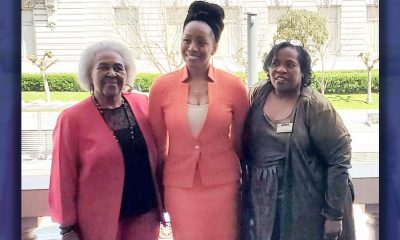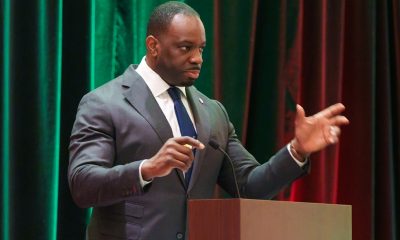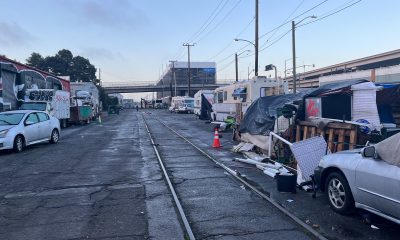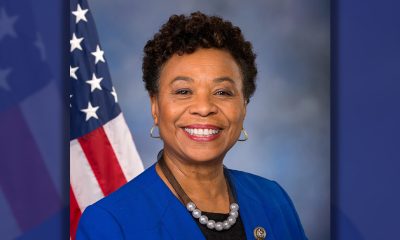Commentary
Biden’s “Plan” to Address the Racial Wealth Gap Won’t Cut It. Only Reparations Can Do That
The plan included steps like establishing a federal effort to address inequality in home appraisals and using government authority to boost support for Black-owned businesses, including through business grants.
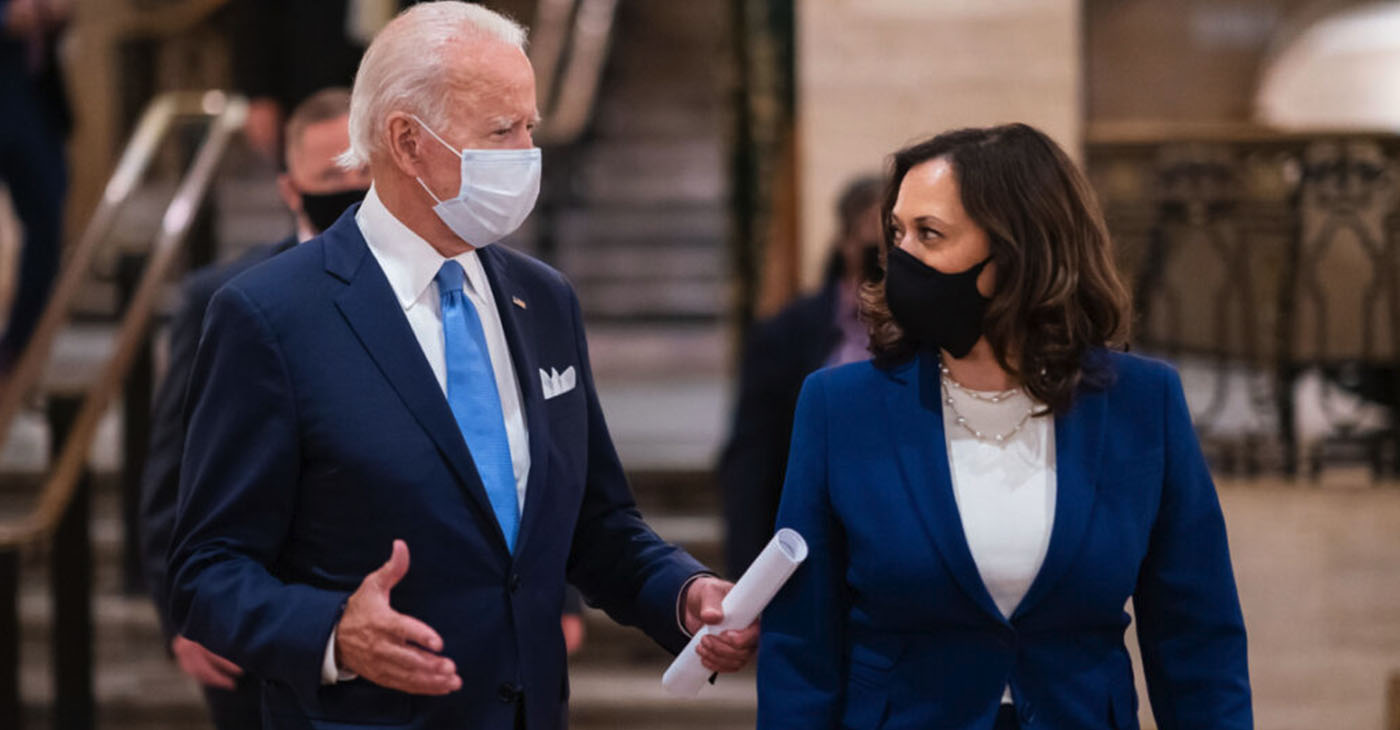
OPINION
On June 1, the 100th anniversary of the Tulsa Massacre, President Joe Biden announced a plan to support Black homeownership and Black-owned businesses, which he said was aimed at closing the racial wealth gap between Black people and white people. The plan received praise from those who celebrated Biden’s apparent attempt to address the gap, which his administration has identified as a key policy goal.
The plan included steps like establishing a federal effort to address inequality in home appraisals and using government authority to boost support for Black-owned businesses, including through business grants.
These are all great steps worth taking, but we shouldn’t pretend like they will do anything to meaningfully narrow the racial wealth gap. Only reparations can do that.
According to a recent New York Times piece by Duke University economist William Darity, the wealth gap between Black and white Americans ranges from somewhere between nearly $54,700 a person and $280,300 a person.
Using the larger estimate, which Darity argues is more appropriate, the total racial wealth gap amounts to $11.2 trillion–“a figure that implies that incremental measures will not be sufficient” to close it, he wrote.
Another 2016 study from the Institute for Policy Studies and the Corporation for Enterprise Development suggests that white households are worth nearly 20 times more than Black households on average, and that it would take 228 years for Black folks to catch up. That’s assuming white people’s collective wealth doesn’t increase at all during that time.
And that was before our households and businesses took the devastating economic hit of the COVID-19 pandemic.
Addressing discrimination in homeownership and supporting Black entrepreneurship are worthwhile policy endeavors. But we should be honest about what they represent in the grand scheme of things: At best, they are marginal steps in the right direction. And that’s not going to cut it. If we are serious about addressing the racial wealth gap, then we must get serious about reparations. There’s no way around it. The numbers speak for themselves.
If our elected officials aren’t prepared to go that route, fine — but we should stop letting them pretend like they are serious about the racial wealth gap. A gap created out of centuries of stolen labor, stolen land, and stolen wealth and resources can’t be addressed by a new housing policy or small business grant program.
During the 2020 campaign, then-candidate Biden said he supported H.R. 40, a bill that would commission a congressional study on reparations to determine what that could actually look like. The House passed the bill last year. Biden should push the Senate to pass it, too–and then sign it.
And even that would only be the beginning.
Activism
Oakland Post: Week of April 24 – 30, 2024
The printed Weekly Edition of the Oakland Post: Week of April 24 – 30, 2024

To enlarge your view of this issue, use the slider, magnifying glass icon or full page icon in the lower right corner of the browser window. ![]()
Activism
Oakland Post: Week of April 17 – 23, 2024
The printed Weekly Edition of the Oakland Post: Week of April 17 – 23, 2024

To enlarge your view of this issue, use the slider, magnifying glass icon or full page icon in the lower right corner of the browser window. ![]()
Commentary
Opinion: Surviving the Earthquake, an Eclipse and “Emil Amok.”
Last Friday, a 4.8 magnitude earthquake shook New York City, reported as the “biggest earthquake with an epicenter in the NYC area since 1884” when a 5.2 quake hit. A bit bigger. The last quake similar to Friday’s was a 4.9 in 1783.Alexander Hamilton felt it — 241 years ago. That’s why New Yorkers were freaking out on Friday. They were in the room where it happens.
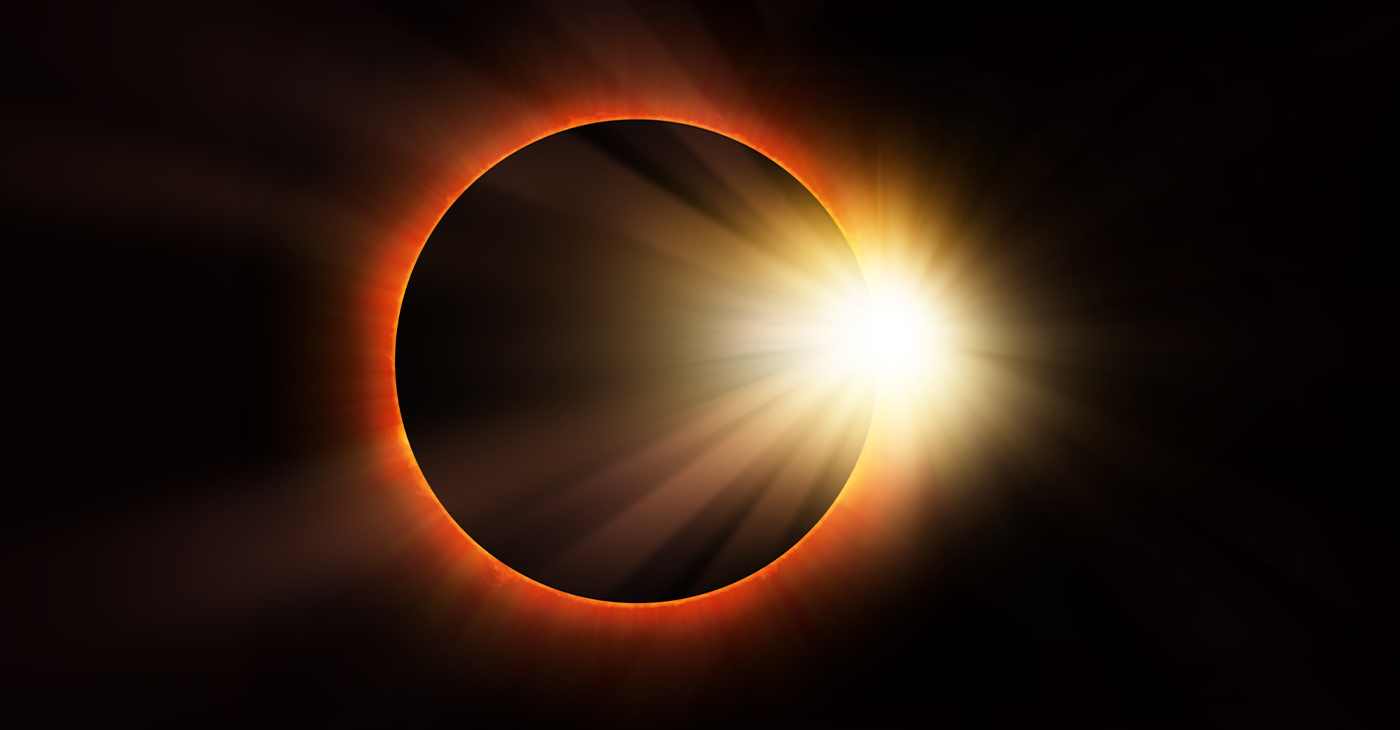
By Emil Guillermo
I’m a Northern Californian in New York City for the next few weeks, doing my one-man show, “Emil Amok, Lost NPR Host, Wiley Filipino, Vegan Transdad.”
I must like performing in the wake of Mother Nature.
Last Friday, a 4.8 magnitude earthquake shook New York City, reported as the “biggest earthquake with an epicenter in the NYC area since 1884” when a 5.2 quake hit. A bit bigger. The last quake similar to Friday’s was a 4.9 in 1783.
Alexander Hamilton felt it — 241 years ago.
That’s why New Yorkers were freaking out on Friday. They were in the room where it happens.
And it just doesn’t happen that often.
Beyonce singing country music happens more frequently.
When I felt New York shake last week, it reminded me of a time in a San Francisco TV newsroom when editors fretted about a lack of news an hour before showtime.
Then the office carpeting moved for a good ten seconds, and the news gods gave us our lead story.
On Friday when it happened in NYC, I noticed the lines in the carpeting in my room wiggling. But I thought it was from a raucous hotel worker vacuuming nearby.
I didn’t even think earthquake. In New York?
I just went about my business as if nothing had happened. After living near fault lines all my life, I was taking things for granted.
Considering the age of structures in New York, I should have been even more concerned about falling objects inside (shelves, stuff on walls) and outside buildings (signs, scaffolding), fire hazards from possible gas leaks, and then I should have looked for others on my floor and in the hotel lobby to confirm or aid or tell stories.
Of course, as a Californian who has lived through and covered quakes in the 4 to 6 magnitude range, I tried to calm down any traumatized New Yorker I encountered by taking full responsibility for bringing in the quake from the Bay Area.
I reassured them things would be all right, and then let them know that 4.8s are nothing.
And then I invited them to my consoling post-Earthquake performance of “Emil Amok, Lost NPR Host…”
It was the night of the eclipse.
ECLIPSING THE ECLIPSE
In New York City, the eclipse was about 90 percent visible. Good enough for me. Though a full solar eclipse is a celestial rarity, blockages of any sort aren’t generally celebrated. My one-man play is about growing up with the eclipsed history of American Filipinos and how I struggle to unblock all that.
For example, did you know the first Filipinos actually arrived to what is now California in 1587? That’s 33 years before the Pilgrims arrived in America on the other coast, but few know the Filipino history which has been totally eclipsed.
I was in Battery Park sitting on a bench and there was a sense of community as people all came to look up. A young woman sitting next to me had a filter for a cell phone camera. We began talking and she let me use it. That filter enabled me to take a picture of the main event with my iPhone.
For helping me see, I invited her and her boyfriend to come see my show.
Coincidentally, she was from Plymouth, Massachusetts, near the rock that says the year the Pilgrims landed in 1620.
In my show she learned the truth. The Pilgrims were second.
History unblocked. But it took a solar eclipse.
Next one in 2044? We have a lot more unblocking to do.
If you’re in New York come see my show, Sat. April 13th, 5:20 pm Eastern; Fri. April 19, 8:10 pm Eastern; and Sun. April 21st 5:20 pm Eastern.
You can also livestream the show. Get tickets at www.amok.com/tickets
About the Author
Emil Guillermo is a journalist and commentator. He does a mini-talk show on YouTube.com/@emilamok1. He wishes all his readers a Happy Easter!
-

 Activism4 weeks ago
Activism4 weeks agoOakland Post: Week of March 27 – April 2, 2024
-

 #NNPA BlackPress4 weeks ago
#NNPA BlackPress4 weeks agoCOMMENTARY: D.C. Crime Bill Fails to Address Root Causes of Violence and Incarceration
-

 #NNPA BlackPress4 weeks ago
#NNPA BlackPress4 weeks agoBeloved Actor and Activist Louis Cameron Gossett Jr. Dies at 87
-

 Community1 week ago
Community1 week agoFinancial Assistance Bill for Descendants of Enslaved Persons to Help Them Purchase, Own, or Maintain a Home
-

 Activism3 weeks ago
Activism3 weeks agoOakland Post: Week of April 3 – 6, 2024
-

 Business1 week ago
Business1 week agoV.P. Kamala Harris: Americans With Criminal Records Will Soon Be Eligible for SBA Loans
-

 Activism2 weeks ago
Activism2 weeks agoOakland Post: Week of April 10 – 16, 2024
-

 Community1 week ago
Community1 week agoAG Bonta Says Oakland School Leaders Should Comply with State Laws to Avoid ‘Disparate Harm’ When Closing or Merging Schools

